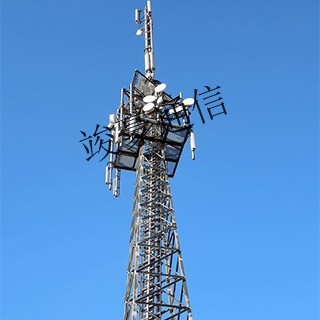Rooftop tower base station: the 'invisible communication giant' beside you
What is the rooftop tower base station?
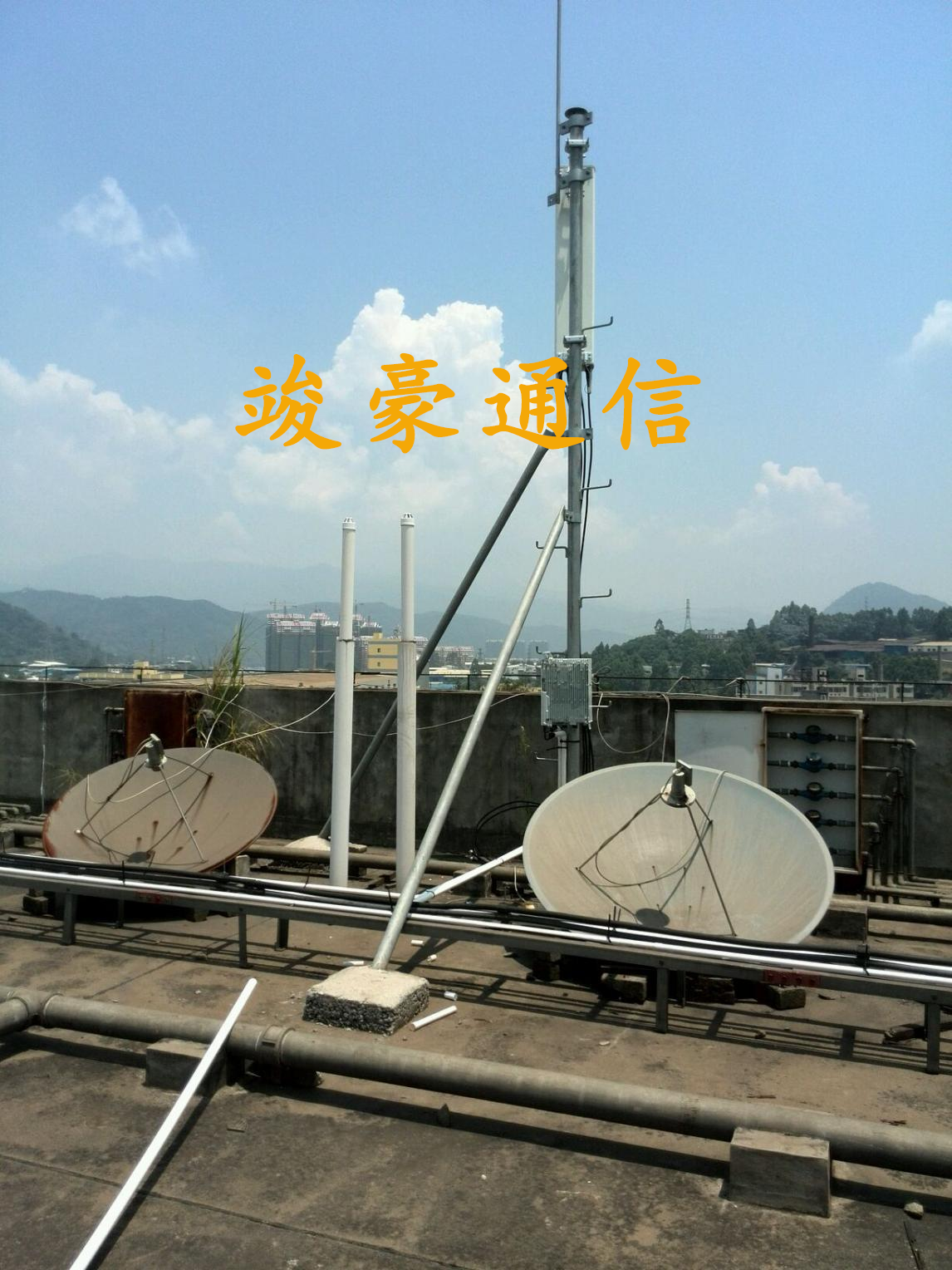
From a high altitude in the city, the tower base stations on rooftops resemble steel guardians standing at the top of various buildings. It belongs to a type of macro base station, usually consisting of towering iron towers, dense antenna arrays, and supporting communication equipment rooms. These iron towers range in height from tens of meters to several tens of meters, with sturdy materials that can withstand natural attacks such as wind, rain, and sun. They are firmly rooted on the roof and serve as the "threading pin" for communication networks. As a crucial part of the modern communication system, rooftop tower base stations bear the responsibility of transmitting and receiving signals. Whether it's our daily mobile phone calls, SMS sending, or enjoying high-speed network video browsing and online work, their silent efforts are indispensable behind it. It is like a super "signal relay station", where signals from mobile terminals such as smartphones are first received and quickly transmitted to the core network, and then the information from the network is accurately fed back to users, ensuring timely and accurate information transmission, and closely connecting people and the world.
What key roles does it silently play?
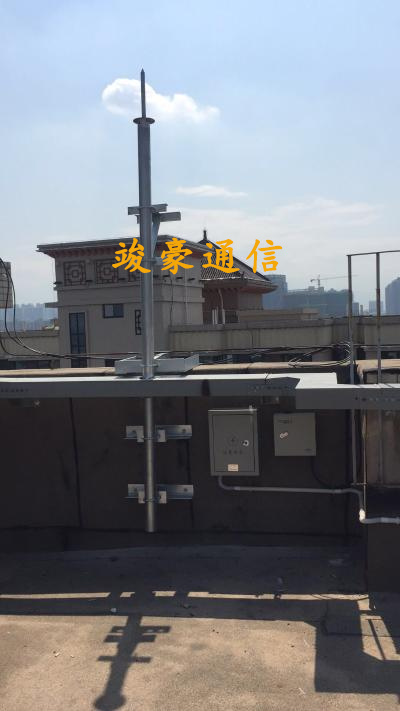
The core mission of the rooftop tower base station is to expand signal coverage. In the vast and remote mountainous areas with complex terrain and dispersed populations, traditional ground communication facilities are difficult to fully consider. The rooftop tower base station, with its advantage of being "high and mighty", spreads signals like a sky net to all directions, allowing once isolated villages to catch the information express and achieve smooth communication with the outside world. Agricultural products can be exported to various places through the internet, and children can receive high-quality educational resources remotely. In the bustling core area of the city, high-rise buildings are densely packed, personnel flow is dense, and communication demand is growing rapidly. The rooftop tower base station is like a series of "sky lighthouses", with layered coverage and precise focus, ensuring that busy office workers, consumers shuttling in shopping malls, and delivery workers running around the streets can have full signal at any time and anywhere, without missing any important information. Online meetings, mobile payments, real-time navigation and other operations are smooth and unobstructed, injecting power into the efficient operation of the city.
Moreover, it can significantly increase network capacity. With the popularity of data intensive applications such as high-definition videos, large-scale mobile games, and cloud office, the pressure on network carrying capacity has suddenly increased. The advanced multi frequency antenna technology and carrier aggregation technology in the rooftop tower base station have shown their skills, just like widening the "highway" of the network, allowing massive data to be transmitted in parallel, avoiding network congestion, and ensuring that users can enjoy low latency and high-speed internet experience even during peak hours. Videos are not lagging or files are downloaded in seconds, allowing users to fully enjoy the convenience and excitement of digital life.
Why do you prefer the location of 'rooftop'?

The reason why rooftops are highly favored is due to their height advantage. Compared to the ground, the rooftop is located higher, reducing the obstruction during signal transmission, making the signal like an arrow flying straight through the streets, alleys, and high-rise buildings of the city, greatly reducing the degree of signal attenuation. In bustling cities, towering buildings create numerous obstacles to ground signals, but tower base stations on rooftops can break through with their height, ensuring full signal coverage for users in high-rise office buildings and apartments. The advantage of visibility should not be underestimated. Standing high, you can see far. The rooftop tower base station has a broad view, which can cover the surrounding area in all directions and avoid signal blind spots. Whether it is the horizontal block extension or the vertical high and low floors, they can be accurately covered by signals, improving communication quality.
In terms of cost, rooftop tower base stations have demonstrated unique advantages. During construction, the existing building roofs are utilized without the need to purchase large amounts of land, significantly reducing land costs. This advantage is particularly significant in the urban core area where every inch of land is valuable, avoiding high land transfer fees and cumbersome land acquisition processes. At the same time, relying on the existing power, network and other supporting facilities of the building, the investment in infrastructure construction such as laying new lines and building substation equipment has been reduced, accelerating the construction progress and reducing the difficulty of construction. During subsequent maintenance, the convenient transportation conditions on the rooftop make it easy for technicians to quickly arrive, promptly handle equipment failures, replace aging components, reduce signal interruption caused by faults, ensure the stability of the communication network, and save maintenance time and labor costs. Compared with building large base stations in open suburban areas, rooftop tower base stations can save 30% -50% in comprehensive costs such as land occupation, supporting construction, and maintenance, allowing communication operators to achieve network coverage goals with more efficient investment.
Residents' Concerns: Radiation and Safety Hazards
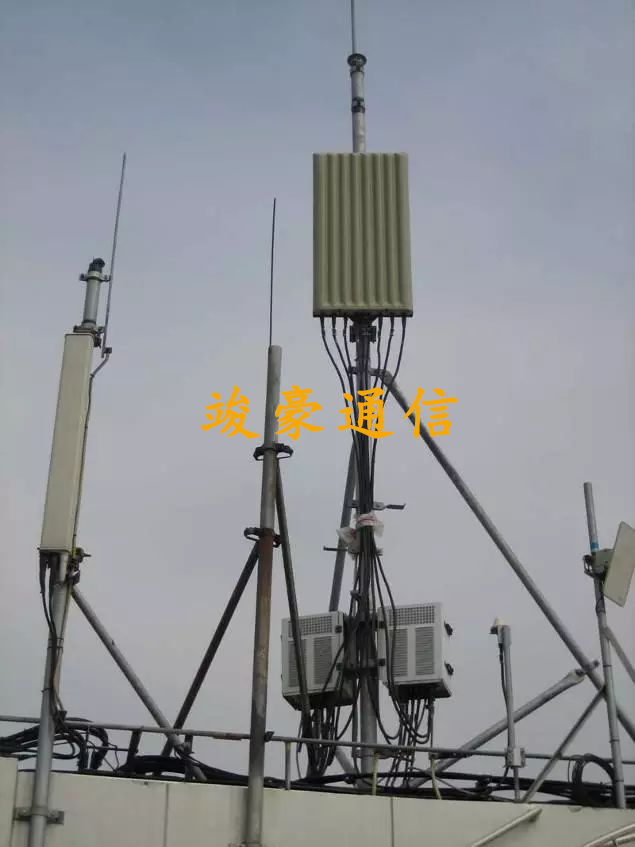
Although the rooftop tower base station brings many conveniences to communication, the concerns it has caused among residents should not be underestimated. The first and foremost issue is radiation, with many residents turning pale at the mention of radiation, fearing that prolonged exposure to base station radiation could affect their health, causing discomfort such as insomnia, headaches, weakened immunity, and even increasing the risk of cancer. From a scientific perspective, the electromagnetic radiation generated by communication base stations belongs to non ionizing radiation, with extremely low energy that is not enough to break chemical bonds in human cells, and is vastly different from ionizing radiation that can cause substantial harm (such as X-rays and gamma rays). China has strict standards for the electromagnetic radiation intensity of base stations, which is less than 40 microwatts per square centimeter, far lower than the standards of countries and regions such as the United States and the European Union. A large number of actual tests have shown that the radiation intensity of base stations is even lower than that of common household appliances. For example, at a distance of 7 meters from the base station, the radiation level is only 0.0123 watts per square meter, while the radiation value of microwave ovens during operation can reach 0.3043 watts per square meter.
In terms of safety hazards, residents are concerned that the weight of the base station may cause damage to the rooftop building structure, especially for some old residential buildings with limited structural bearing capacity. Adding several tons of base station equipment may cause cracks and water leakage on the rooftop, affecting the stability and safety of the entire building. In fact, in the early stage of base station construction, a professional team will conduct rigorous load-bearing calculations on the building roof, accurately evaluate its load-bearing capacity based on building design drawings, structural types, service life and other parameters, and ensure that the load after base station installation is within a safe range. For buildings with slightly weaker load-bearing capacity, methods such as decentralized installation and optimized equipment layout will be adopted to reduce local pressure, or reinforced support structures will be added to ensure building safety. Some residents also believe that the appearance of the rooftop tower base station is abrupt and out of place with the surrounding building environment, which lowers the overall aesthetics of the community. Nowadays, operators are paying more attention to this demand and adopting rooftop beautification technology towers. The tower body is designed to imitate chimneys, water towers, decorative columns, and other shapes that blend with the architectural style. They also choose coatings that are similar in color to the building, and even install neon lights on the tower for nighttime decoration. This not only meets communication needs but also becomes an embellishment of the urban landscape, balancing aesthetics and practicality.
Rights Protection: Standardization and Communication
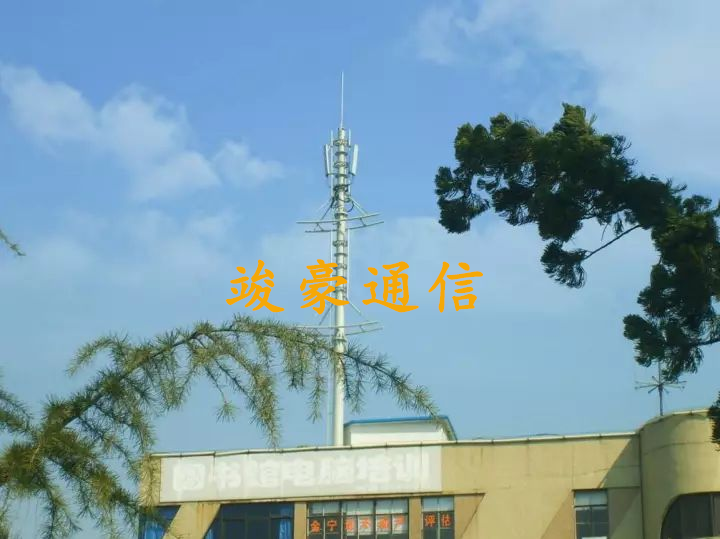
Strict standards run through the construction and operation process of the rooftop tower base station. In the early planning stage, communication operators need to accurately anchor the construction sites of base stations based on multidimensional data such as urban communication development planning, population density distribution, and signal blind spot detection, and submit detailed construction plans to relevant departments for review, covering key content such as the rationality of base station site selection, electromagnetic radiation pre assessment, and analysis of the impact on surrounding buildings, to ensure that the project is compliant and reasonable from the source. When preparing for construction, the property management and property committee play a key role as communication bridges for residential building scenarios. Through various methods such as posting public notices, on-site visits, and holding owners' meetings, the opinions of owners are widely solicited. According to the Telecommunications Regulations, the consent of more than half of the owners in the community must be obtained, and the owners' right to know and decision-making must be fully respected.
D uring the agreement signing process, the operator and the property owner (property or landlord) carefully finalize the terms of the venue lease term, rental standards, electricity bill settlement, equipment maintenance responsibilities, etc. The rent is usually negotiated based on market conditions, venue location, and area size, ranging from a few hundred yuan per square meter per year, bringing certain profits to the property owner; Electricity bills are settled based on actual usage and the standards of the power supply department to ensure clear and transparent costs. Throughout the construction process, we strictly adhere to national standards such as building safety, electrical installation, and electromagnetic compatibility. Our professional team works meticulously to minimize interference with residents' daily lives. During the operation phase, regular inspections and maintenance are carried out without hesitation. At least one comprehensive "physical examination" is conducted every month, covering equipment operation status monitoring, signal strength testing, radiation index detection, etc. Once hidden dangers are discovered, efficient repairs are immediately carried out to ensure that the base station is always in the best condition.
When residents have doubts or disputes about rooftop tower base stations, effective communication and coordination mechanisms will be quickly activated. On the one hand, operators set up 24-hour customer service hotlines and online feedback platforms, allowing residents to report problems at any time; On the other hand, community committees and property management actively intervene, organizing face-to-face communication between residents and operators. Operators patiently explain the safety and necessity of base stations with professional knowledge, listen to residents' demands, and jointly negotiate and optimize solutions, such as fine-tuning antenna angles, optimizing equipment appearance, and publicizing inspection reports. Through practical actions, they resolve residents' concerns and achieve harmonious coexistence between communication services and residents' lives.
Looking ahead to the future: working together for progress
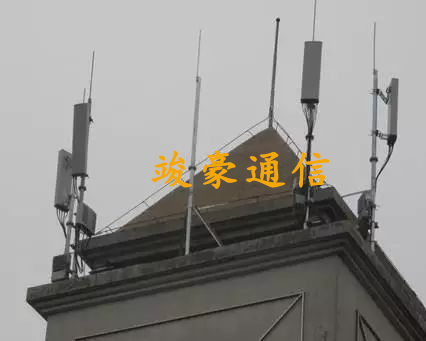
Looking ahead to the future, with the vigorous development of 5G and 6G technologies, rooftop tower base stations will embark on a new journey of transformation. On the one hand, technological innovation has become a key driving force, and equipment continues to move towards miniaturization and integration, which can not only further reduce the occupation of rooftop space, but also integrate more perfectly with the surrounding environment; Green and energy-saving technologies will shine brightly, achieving significant reductions in energy consumption through intelligent sleep, efficient heat dissipation, and new energy utilization, and helping to achieve the "dual carbon" goal in a more environmentally friendly manner. On the other hand, co construction and sharing will become the mainstream trend, with communication operators, tower companies, property management, owners and other parties working closely together to deepen cooperation. From site planning, equipment selection to operation and maintenance management, they will collaborate comprehensively, optimize resource allocation, reduce construction costs, improve operational efficiency, and jointly empower seamless coverage and high-quality services of communication networks. I believe that in the near future, rooftop tower base stations will integrate into urban and rural areas with a brand new look, bringing people a more intelligent, convenient, and beautiful digital life experience, becoming an unbreakable cornerstone of the information age, making communication boundless, and making the world more exciting.


